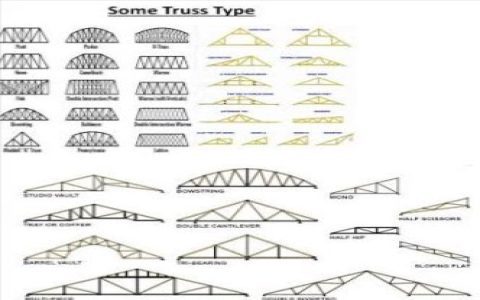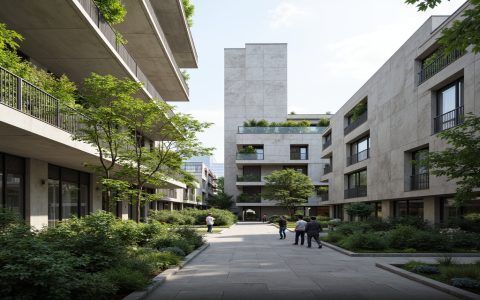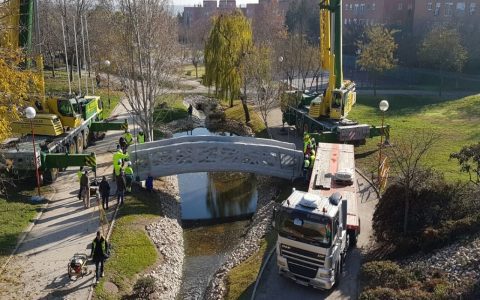A bowstring truss is a type of truss structure, named for its curved (bow) top chord and straight (string) bottom chord, resembling an archer's bow.
Key Characteristics:
- Curved Top Chord: Provides efficient load distribution and aesthetic appeal. Often follows a parabolic or circular curve.
- Straight Bottom Chord: Typically under tension, acting as a tie to resist the outward thrust of the arch.
- Vertical and Diagonal Web Members: Connect the top and bottom chords, transferring loads and maintaining structural integrity.
Advantages:
- High Strength-to-Weight Ratio: Efficient use of materials, making them suitable for long spans.
- Aesthetically Pleasing: The curved shape can be visually appealing.
- Efficient Load Distribution: The curved top chord allows for efficient transfer of loads to the supports.
Disadvantages:
- Complex Fabrication: The curved top chord can be more difficult and costly to fabricate than a straight truss.
- More Complex Analysis: Analyzing the forces in a bowstring truss is more complex than a simple truss.
Applications:
- Bridges: Commonly used for railway and highway bridges.
- Roofs: Can be used for large-span roofs, such as those in airplane hangars or exhibition halls.
Materials:
- Steel: The most common material due to its high strength and weldability.
- Timber: Can be used for smaller spans or when a more natural aesthetic is desired.
In summary, bowstring trusses are efficient structural elements suitable for long-span applications where a combination of strength, efficiency, and aesthetics is desired.







